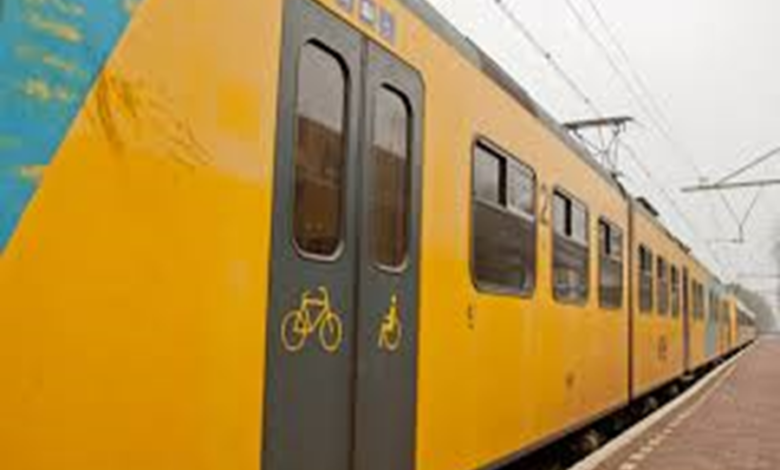How To Transport Your Bike By Train In India

Transporting your bike by train in India, through parcel or luggage options, is practical and economical. This guide provides essential insights into the step-by-step procedures, rules, costs, and safety measures for a well-informed decision on Indian Railways. Additionally, we touch upon crucial aspects, such as the importance of online bike insurance, ensuring a comprehensive understanding of the entire process.
Indian Railways offers two methods for transporting bikes: parcel and luggage transportation. Both have their advantages, with luggage being faster but costlier.
Transporting Luggage
Transporting a bike as luggage is convenient but comes at a higher cost. To do this:
- Visit the luggage reservation office a few days before departure.
- Complete the required form, submit fees, and obtain an endorsed luggage ticket.
- Arrive at the station 30 minutes before departure, dispatch your bike, and present the ticket for delivery at the destination.
Parcel Transportation
Bike parcel delivery is more economical but takes longer. Follow these steps:
- Visit the parcel office days before mailing with all necessary paperwork.
- Pack your bike professionally and pay the parcel fees.
- Mark your bike for identification and monitor the delivery schedule on the courier company’s website.
Bike Parcel Booking Schedule And Documents
There is no strict deadline for luggage transportation booking, but parcel services have set times (10 AM to 5 PM), with bookings at least two days in advance. Necessary documents include the bike’s registration certificate, protection specifics, and official identification documents, with photocopies required.
Indian Rail’s Rules For Bike Parcel Transport
Indian Rail has regulations to follow:
- Engines with petrol in them are not allowed.
- Insurance and documentation are mandatory, with costs typically covering transportation.
- The receipt includes a specific amount, providing compensation in case of damage.
Cost Calculation
The cost of bike transport includes packing, delivery, and insurance. A chart from Indian Railways helps calculate charges based on the bike’s value and distance to the destination.
Safety Measures
Ensure your bike’s safety with these measures:
- Invest in professional packing to prevent damage.
- Verify train space availability when transporting luggage.
- Check the parcel company’s website for updates.
- Keep insurance documentation and transport receipts handy for potential damages. Before embarking on your bike’s train journey in India, consider securing comprehensive coverage by exploring online bike insurance options for convenient and efficient policy acquisition.
Transporting your bike by train in India is a viable option with the convenience of parcel and luggage transportation. As outlined, the step-by-step guide provides insights into the reservation process, necessary documentation, and adherence to rules set by Indian Rail. Whether you opt for faster but costlier luggage transportation or more economical parcel delivery, ensuring the safety of your bike is paramount.
Moreover, remember the significance of bike insurance renewal, especially considering adequate coverage, as it plays a crucial role in protecting your assets during transit. If you choose Bajaj Allianz insurance, then the process of Bajaj Allianz third-party two-wheeler insurance renewal is a simple one that can be done from the comforts of home. By following these guidelines, you can navigate the process smoothly, ensuring a secure and well-documented journey for your two-wheeler. Claims are subject to terms and conditions set forth under the motor insurance policy. *
Subscribe to Bajaj Allianz General Insurance YouTube Channel here!
*Standard T&C Apply
Disclaimer: The content on this page is generic and shared only for informational and explanatory purposes. It is based on several secondary sources on the internet and is subject to changes. Please consult an expert before making any related decisions.
Insurance is the subject matter of solicitation. For more details on benefits, exclusions, limitations, terms, and conditions, please read the sales brochure/policy wording carefully before concluding a sale.




